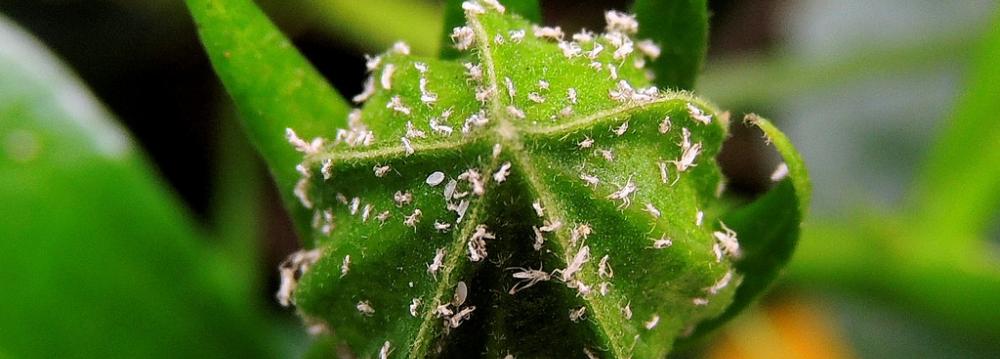The residents of Tehran have been given a much needed respite from whiteflies this summer, mainly thanks to Tehran Municipality’s preemptive measures this year.
Whiteflies, which have besieged the Iranian capital Tehran every summer for the past two years, are sap feeders that reduce the overall vigor of plants with their feeding. As whitefly infestations become severe, they cause plants to yellow and lose their leaves prematurely.
While they are harmless to humans, they are extremely irritating as they usually find their way into people’s mouths, nostrils and even eyes.
They also produce large amounts of sticky, sugary honeydew which, in turn, is colonized by black sooty mold, reducing the attractiveness and marketability of whitefly-infested crops.
Despite the number of whiteflies in the Iranian capital slowly increasing with the rise in temperature this summer, their swarm has not reached a level that would annoy the public.
“We have yet to receive a call on our hotlines (137 and 1888) complaining about whiteflies this year,” said Ali Mohammad Mokhtari, chief executive of TM’s Parks and Green Spaces Organization, ISNA reported.
“Our measures have proven effective and we hope to completely rid Tehran of our unwelcome guests soon.”
According to Mokhtari, whiteflies transmit over a hundred plant viruses, but the genus found in Tehran is a newly-discovered type that does not carry plant viruses.
“The genus is called Aleuroclava, which is not known to have an adverse effects on plants,” he said.
Effective Measures
While the precise source of the pest problem is still unknown, some have attributed the rise in their numbers to global warming, while others have suggested that the bugs may have piggybacked to Tehran on imported plants or fruit.
Experts say the lack of a natural predator and presence of flora favored by the insects have helped them thrive in Tehran.
To control their population without endangering public health, the organization began employing a method known as integrated pest management, or IPM, about a year ago.
The University of California, a leader in IPM, defines the method as an ecosystem-based strategy that focuses on long-term prevention of pests or their damage through a combination of techniques such as biological control, habitat manipulation, modification of cultural practices and use of resistant varieties.
Mokhtari said municipal offices in each of Tehran’s 22 districts had received instructions on how to prune trees to allow more airflow in summer and remove tree suckers (an odd branch formed as a result of a tree trying to grow branches under stress), among others.
Given the scale of the problem, it took more than just one entity to effectively deal with it. The organization struck a deal with the Iranian Research Institute of Plant Protection to use their expertise in identifying the weaknesses of whiteflies and identify the most appropriate natural predator that could control their numbers.
“We’ve also formed teams that regularly monitor the situation and are working in tandem with other relevant organizations to ensure the issue remains in check,” Mokhtari said.


